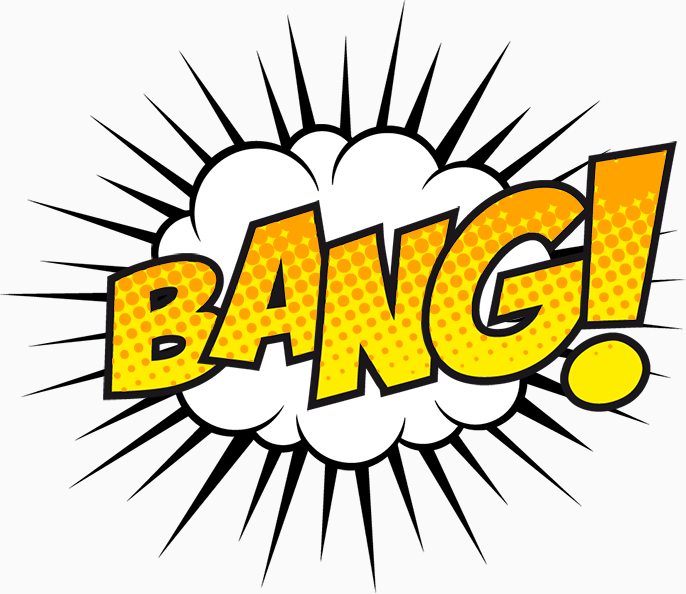 Have you ever wondered if cats still “meow” or if dogs still “woof” in Chinese? Onomatopoeias are a playful and easy way to imitate sounds in the natural world. They can sometimes be hard to grasp unless through an example, like how splish splash and drip drop illustrate the sounds of water in English. When learning other languages, it’s obvious that onomatopoeias will slightly differ. Whether this is based on the language itself or cultural differences, some Chinese onomatopoeias may be familiar to English speakers, while others may be foreign to the tongue. So let’s zoom into these words and get started! 10 Common Types of Chinese Onomatopoeia You’ll Love SayingSimple Chinese OnomatopoeiaSimple Chinese onomatopoeias make up many of the rest of the reduplicated and words with affixes. Having a firm grasp of these one-word characters will help with building up more complicated phrases.1. One-character WordsSimple onomatopoeic words include characters that are monosyllabic. These are one character words that will usually not have a tone to them. Some simple one-character words and their English equivalents include:· 轰 (hōng) — boom · 啪 (pā) — bang · 砰 (pēng) — thump · 唰 (shuā) — swish 2. AlliterativeSome simple onomatopoeic words will be alliterative, where both syllables use the same initial. Examples include:· 叮当 (dīng dāng) — clashing of metal or porcelain objects sounds · 嘀嗒 (dí dā) — equivalent to English “tick-tock” · 噼啪 (pī pā) — cracking or slapping sound 3. Vowel RhymesVowel rhymes are where both syllables use the same final. For example:· 哗啦 (huá la) — crashing or flowing sound of water · 轰隆 (hōng lóng) — rumbling sound · 呼噜 (hū lū) — snoring sound · 咔嚓 (kā chā) — cracking sound 4. Other Two-character WordsThere are some other words that do not fall in so easily to the above categories, but are still simple two-character onomatopoeias.· 刺溜 (cì liū) — sliding sound · 嘎吱 (gā zī) — breaking or creaking sound due to heaviness · 扑通 (pū tōng) — the sound when heavy objects are landing |